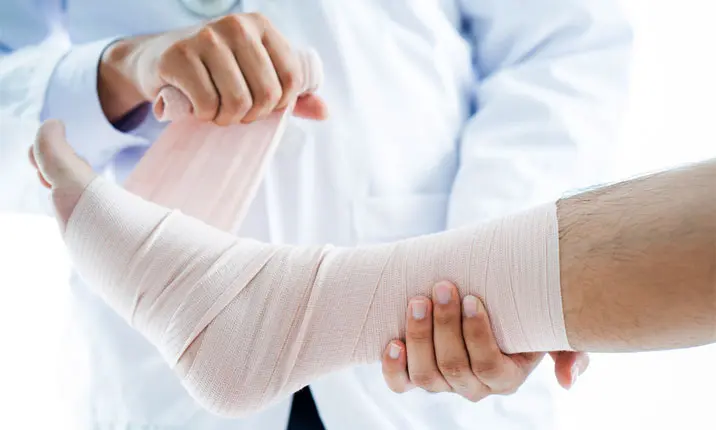Injuries are a common occurrence that can happen unexpectedly, affecting individuals of all ages and backgrounds. Understanding the causes, types, and appropriate treatment of wounds and injuries is crucial for prompt and effective management. Let’s delve into the intricacies of wounds and injuries and how to address them effectively.
Causes of Injuries:
Injuries can occur in various settings and result from a wide range of causes, including:
- Accidents: Falls, motor vehicle collisions, and workplace accidents are common causes of injuries.
- Sports and Recreation: Participation in sports activities and recreational pursuits can lead to sprains, strains, fractures, and other injuries.
- Violence: Assault, domestic violence, and self-harm can cause serious injuries, including cuts, bruises, and gunshot wounds.
- Medical Procedures: Surgical incisions, injections, and stitches can also result in wounds and injuries.
Types of Wounds:
Wounds can be classified based on their cause, severity, and characteristics. Common types of wounds include:
- Abrasions: Superficial injuries caused by friction or scraping of the skin, resulting in scrapes or grazes.
- Lacerations: Deep cuts or tears in the skin, often caused by sharp objects or trauma.
- Punctures: Penetrating wounds caused by sharp objects, such as needles, nails, or knives.
- Contusions: Bruises or contusions caused by blunt force trauma, resulting in discoloration and swelling of the skin.
Treatment of Wounds and Injuries:
The appropriate treatment for wounds and injuries depends on the type, severity, and location of the injury. Basic first aid measures, such as cleaning the wound with soap and water, applying pressure to control bleeding, and covering the wound with a clean bandage, can help prevent infection and promote healing. For more severe injuries, such as deep cuts, puncture wounds, or fractures, medical attention may be required. In some cases, stitches, sutures, or surgical intervention may be necessary to repair tissue damage and facilitate healing.
Prevention Strategies:
Preventing injuries requires proactive measures to minimize risks and promote safety in various settings. This includes:
- Practicing good workplace safety protocols, such as wearing protective equipment and following proper procedures.
- Exercising caution during sports and recreational activities, using appropriate safety gear, and adhering to rules and regulations.
- Avoiding risky behaviors, such as driving under the influence of alcohol or drugs, and practicing safe driving habits.
- Creating a safe home environment by removing hazards, installing safety devices, and supervising children and pets to prevent accidents.
Conclusion:
Injuries are a common occurrence that can have significant implications for individuals’ health and well-being. By understanding the causes, types, and appropriate treatment of wounds and injuries, we can take proactive steps to prevent accidents, minimize risks, and promote prompt and effective management when injuries occur. Through education, awareness, and adherence to safety guidelines, we can create safer environments and reduce the burden of injuries on individuals and communities.
Source – MedlinePlus



